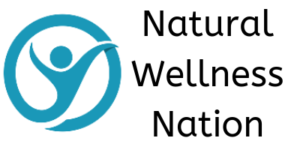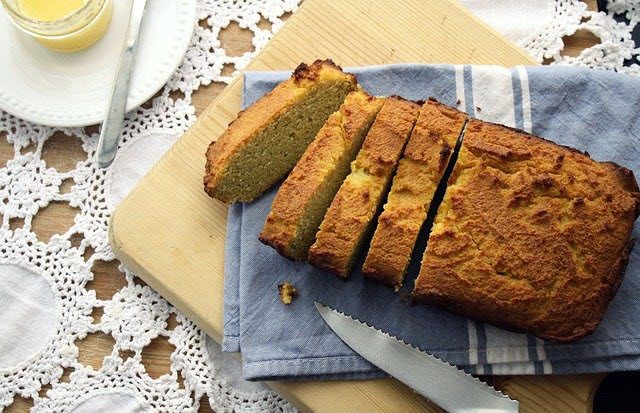“De-Glutenize” Your Kitchen
When you decide to eat gluten-free you have to prepare yourself for a bit of a learning curve… and a mix of “goofs” and successes. Don’t expect to figure it all out overnight.
Give yourself some time to go through your cupboards and pantry. Check all condiment labels and salad dressings. Carefully inspect ingredient labels on prepackaged soups, rice and pasta dishes.
You will need to go through your freezer and refrigerator as well. Many frozen vegetable and meat mixtures have gluten in their sauces and gravies. This can seem like an overwhelming task. Break it down to one cupboard or fridge shelf at a time to keep it manageable.
Once you start reading labels, you will find that many of the faithful foods you have been buying on auto-pilot every trip to the grocery store no longer fit within your new diet parameters.
If these foods are still unopened and “brand new,” consider making a donation to your local food bank. Have an empty box or Rubbermaid container handy at every “inspection” and pass on what you can no longer use.
Get Back to Basics
Vegetables, lean meats and pure dairy products are free from gluten. Unfortunately, the majority of our snack foods and prepared meals are highly processed. Look to eating fresh fruit for a gluten free snack or dessert.
If you eliminate processed foods and go back to cooking from fresh ingredients, you will naturally be avoiding gluten. Try incorporating more salads, vegetables and homemade dips, homemade hummus and delicious soups into your weekly meals.
Be Aware of Your Own Body Signals
Simply relying on food labels may leave you vulnerable from time to time. You will know that you have mysteriously ingested some form of gluten when your skin or bowels suddenly flare up. Starchy fillers and cross-contamination may be the culprit.
Make a comprehensive list of all of the names gluten and gluten related ingredients may masquerade as. Keep the list on your cell phone or in your wallet for easy reference. In time, you will memorize certain ingredients and know which to avoid.
Meet with a Nutritionist and Dietician
It is wise to meet with a nutritionist to help you with this huge lifestyle change. You will want to be reassured that you are still getting all of your minerals, vitamins and necessary nutrition from your new diet.
Educating yourself about healthy, complex carbohydrates that are gluten-free can be exciting as well as challenging.
Learning some new ways to cook your old favorites and how you can make healthier substitutions will help you feel empowered. Since some grains are either enriched or natural sources of many vitamins and minerals, it is important to ensure that you are still getting these once you eliminate those grains.
Specifically ensure that you are meeting the daily requirements for calcium, iron, niacin, riboflavin, folate and thiamin.
The reality is that with a little care you will lose little nutrient value in letting go of gluten-based foods. Of more importance is to make sure the foods you take up as replacements are wholesome and healthy. Good choices will add to your vitality; poor ones will mean simply changing one set of problems for another.
Eating Out in Restaurants
During the pandemic, it is hard – sometimes dangerous – to eat out inside restaurants. But some places are offering outdoor dining or other changes that may allow you to eat on site (or, of course, take-out).
Many menus are now incorporating gluten-free options since celiac disease and going gluten-free for weight loss has gained increased public awareness. As well, many exceptional eateries will be happy to accommodate your dietary needs if you give them enough advance warning.
You may even have a gluten-free restaurant in your area. Start by buying their breads, cookies, and other foods as take-out until you discover what you most enjoy.
It can be nice to have some safe restaurants to visit or get take-out when you want a break from preparing your own gluten-free meals.
You’ll be amazed also at the number of recipes and choices you actually have open to you if you start eating gluten free. Soon you’ll see that you can find both recipes and ready-to-eat foods like pizza, breads, cookies, and cakes that are gluten free too.






